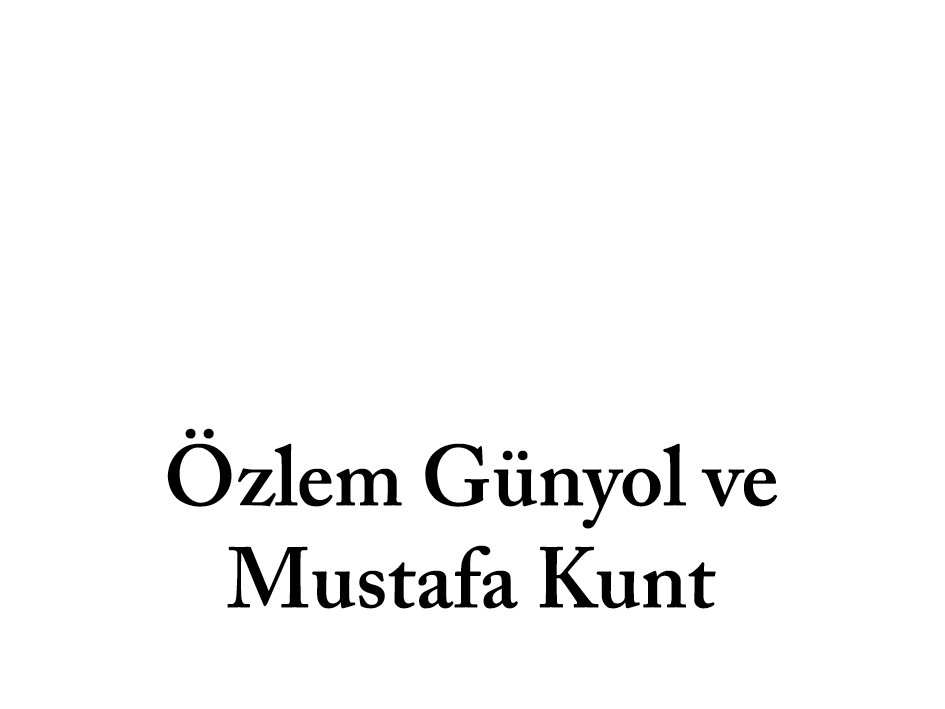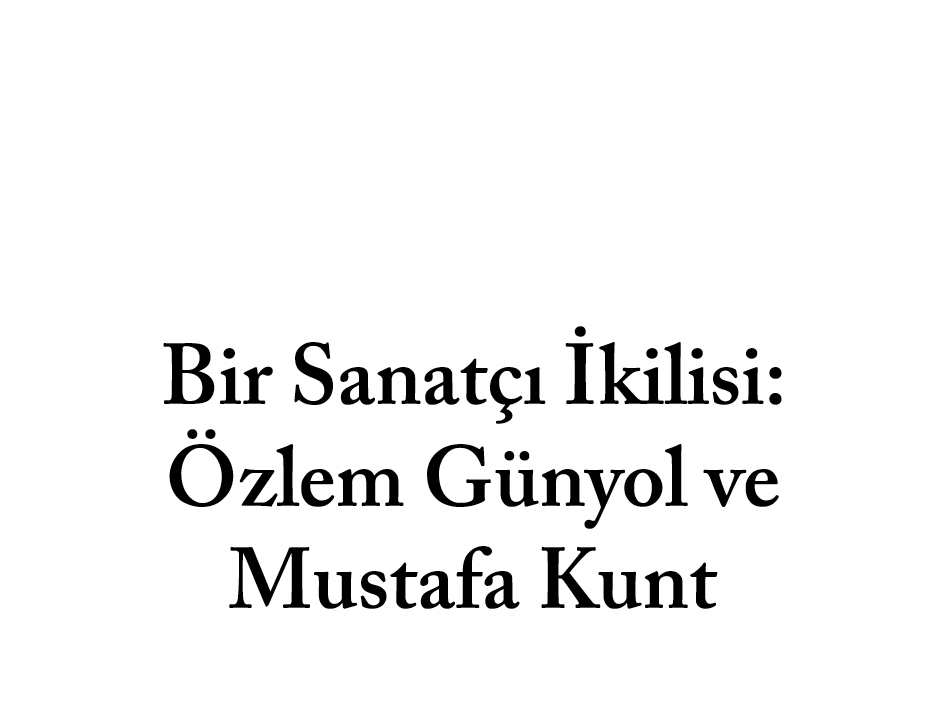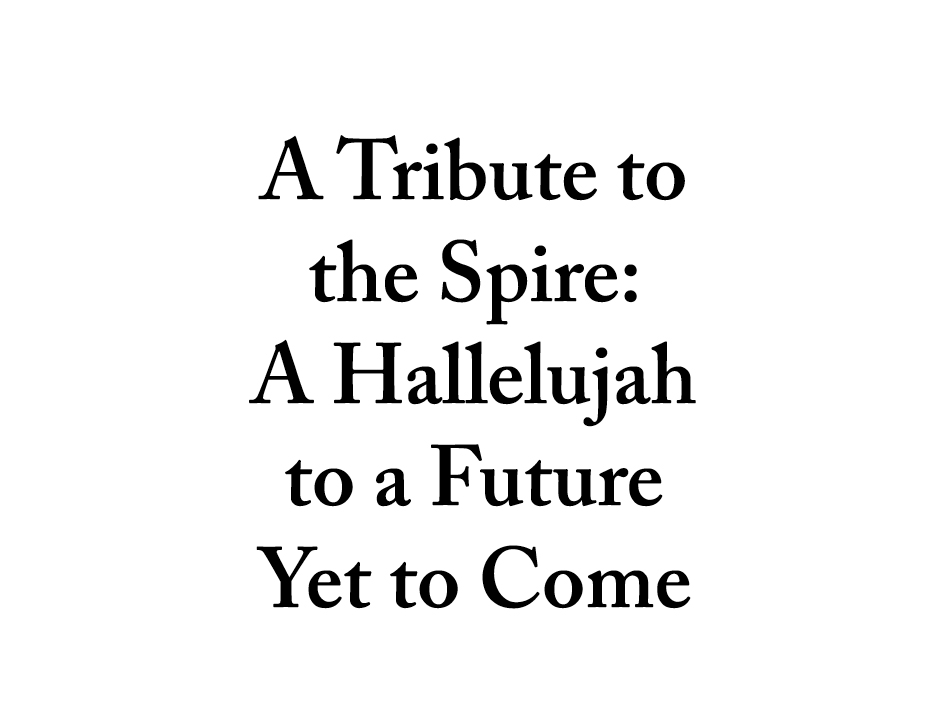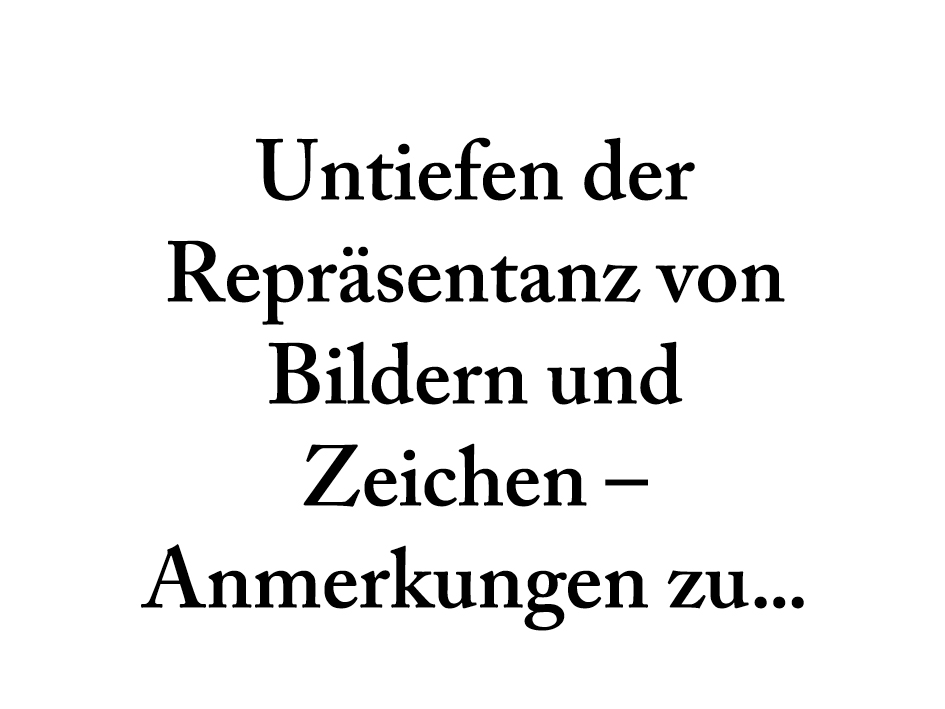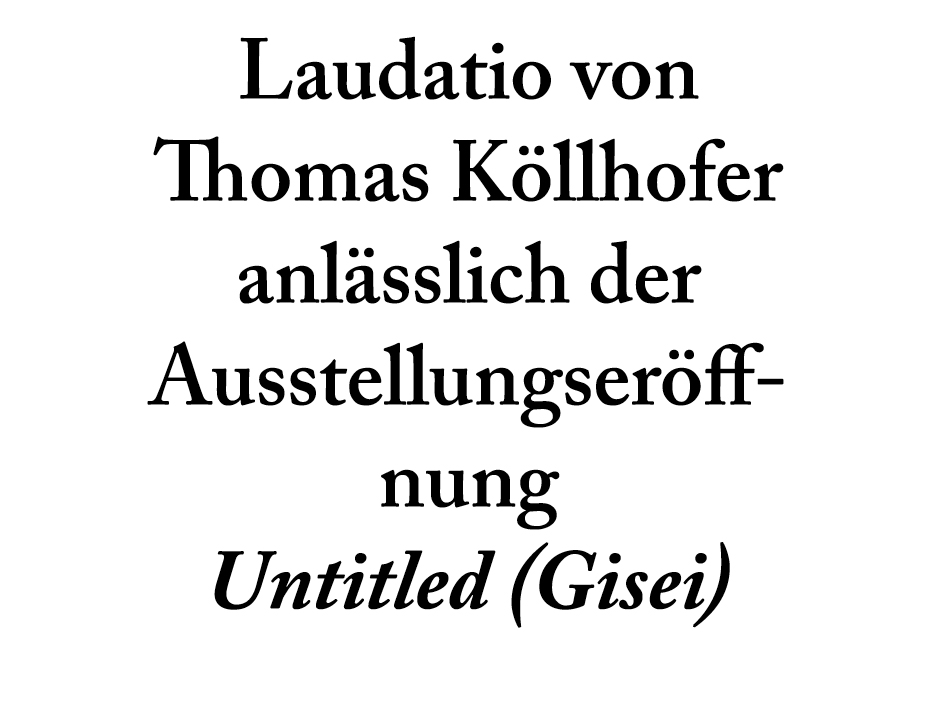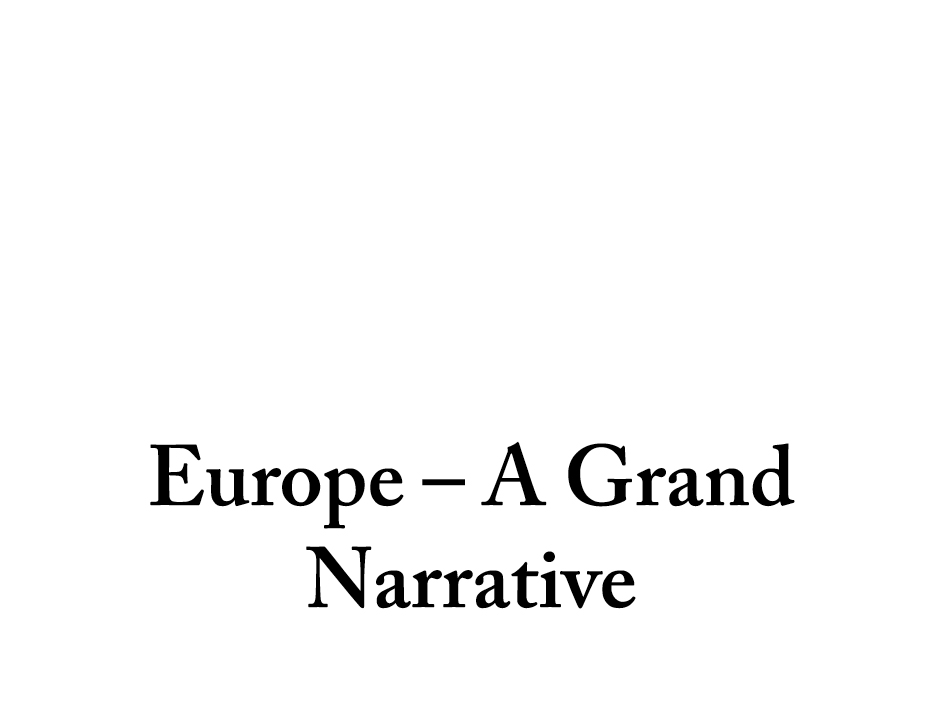Röportaj: Özlem Günyol ve Mustafa Kunt.
26 TEMMUZ, CUMA, 2013 tarihinde Artfullliving’de yayınlanmıştır.
https://www.artfulliving.com.tr/sanat/ozlem-gunyol-mustafa-kunt-i-681
Özlem Günyol & Mustafa Kunt
Özlem Günyol ve Mustafa Kunt, 2005 yılından bu yana birlikte çalışıp üreten iki sanatçı. İşlerinin bel kemiğini oluşturan kimlik meseleleri, sosyal politika, sınırlar üzerinden adalet kavramını ve sistemin her bir parçasını liğme liğme edip dönüşüme uğratıyorlar. Kültürel kodları bağlamlarından koparıp soyutladıkları işlerin söylemleri net ve kuvvetli bir zemine sahip.
Hacettepe Üniversitesi’ndeki sanat eğitiminizin ardından çalışmaya başladınız ve tüm işlerinizde ikinizin ismini görüyoruz. Birlikte çalışma ve iş üretme sürecine nasıl başladınız? Bu süreç nasıl ilerliyor?
Frankfurt’a yerleştikten sonra birbirimizin bireysel çalışmaları üzerine daha çok tartıştığımız bir sürece girdik. Bu tartışmaların zaman içerisinde üretim ve hatta fikir aşamasında gerçekleşmeye başlaması sonucunda fikrin ya da çözümün kime ait olduğu gitgide bulanıklaşmaya başladı ve böylece ortak çalışma kararı aldık. İlk calışmamızı 2003 yılında gerçekleştirdik fakat bireysel çalışmalarımız 2007 yılına kadar devam etti. 2007 yılında Frankfurt Basis’te gerçekleşen ilk büyük kişisel sergimiz Be-cause’un kurumu ve bu sergi için ortaklaşa yaptığımız projeler sonrasında beraber çalışma ve üretim biçimimiz devamlılık kazandı.
Fikir ve üretim aşamasında ne gibi çatışmalar yaşıyorsunuz? İşlerinizi hayata geçirirken kim daha kararlı?
Yeni bir projenin hemen hemen her aşamasında çatışmalar yaşıyoruz. Ama insan bireysel çalışırken de benzer çatışmaları kendi içerisinde yaşıyor zaten. Beraber çalışınca bu durum ikiyle çarpılıyor diyebiliriz. Üretim aşamasında ikimizden birinin daha kararlı olması bir projeyi sonlandırmıyor. Böyle olsaydı ona ortak çalışma diyemezdik zaten. Projeler ikimizin karar verdiği noktada bitiyor. Eğer anlaşamadığımız noktalar olursa o projeyi bir süre rafa kaldırıyoruz. Bu şekilde bekleyen birçok projemiz var.
Frankfurt’a yerleşme kararını nasıl ve neden aldınız? Ne zaman yerleştiniz?
Hacettepe’de aldığımız eğitimin son derece klasik olması bizi başka okulları araştırmaya yöneltti. 2001 yılının şubat ayında gerçekleştirdiğimiz kısa bir Almanya gezisi sırasında Städelschule’yi ziyaret etme şansımız oldu ve hemen sonrasında da Städelschule’ye başvurduk. 2001 yılının sonbaharından beri Frankfurt’ta yaşıyoruz.
Kimlik politikalarıyla ilgili birçok işiniz var, aynı zamanda sınırlar, haritalar ve birçok kontrol mekanizmasını da sorguluyor ve dönüştürüyorsunuz. ‘Yabancı’ olmaya oradan bakmak, Türkiye’ye ‘yabancı’ olup dışarıdan bakabilmek pratiğinizi ne yönde etkiliyor?
Aslında, yurt dışı olsun – olmasın, kişi içerisinde bulunduğu toplumda, sürekli yeniden tanımlanıyor, sınıflandırılıyor. Yurt dışında olmanın getirisi ve aynı zamanda bizden götürdükleri, bu durumu hızlandırılmış bir kurs şeklinde yaşamak oldu. Bu sürecin sonucunda oluşan farkındalık hem yaşantımızı hem de çalışmalarımızı etkiledi.
Star Clusters’da apoletlerdeki yıldızları bulundukları yere, gökyüzüne iade ediyorsunuz. Spread the Word’de siyasi parti söylemlerini / sloganlarını bulundukları bağlamdan koparıyorsunuz. Fakat sonunda, özgürleşen bu kavramlar yine bir sanat işinin içinde, ya da bir mekanda tekrar başka bir şekilde sınıflandırılıyor ve şekle giriyorlar. Spread the Word, aslında bunun çok farkında olan bir iş, çünkü bağlamından kopardığı cümleleri anonimleştiriyor. Tüm bunların tamamen bağımsızlaşacakları bir nokta var mı sizce? Ya da o nokta, üstüste gelen harita (Ceaseless Doodle) ve bayraklarda (Flag-s) olduğu gibi, bu imgelerin aynı mekanda yer alarak veya tekrar ederek anlamını yitirdiği nokta mı?
Ceaseless Doodle ve Flag-s işlerinde tekrar eden şey imgeler değil, eylemler. Ceaseless Doodle’da bütün ulusal sınırlar üst üste çizildi, Flag-s’da ise bütün ulusal bayraklar ink-jet printer yardımıyla aynı kağıdın üzerine üst üste basıldıktan sonra ortaya çıkan sonuç kumaşa aktarıldı. Bu çalışmalarla ülke sınırlarını ve bayrakları bir arada sunarak onların anlamlarını kaybettiriyoruz.
Star Clusters işi 2005 yılında yaptığımız Scenes projesine daha yakın. Star Clusters’da bir özgürleşme/rahatlama söz konusu değil. İş karanlık bir ayna gibi çalışıyor: İzleyici işe yaklaşırken gördüğü şey siyah bir kare, işe yaklaştıkça aynı zamanda o siyah karenin içerisindeki kendi yansımasına da yaklaşıyor ve ancak yeterince yaklaştığında yıldız kümelerini fark ediyor. Aslında kendi yarattığın evrenine bakmak gibi bir şey bu… İş bu gerilim üzerinden çalışıyor. Spread the Word çalışması ise Almanya’daki politik partilerin son yıllarda kamusal alanda asılmış olan seçim afişlerinde kullandıkları söylemlerden yola çıkılarak yapıldı. Yaklaşık 60 kadar söylemi içeren çalışma için, bu söylemlerde kullanılan bütün kelimeler kendi bağlamlarından çıkarılarak alfebetik bir düzen içerisinde sergilendi. Böylece herbir kelime kendi bağımsızlığını kazanmış oldu. Fakat bu bağımsızlığın söylemlere bağımlı bir bağımsızlık olduğunu da unutmamak lazım. Çünkü bütün bu kelimeler, Almanya’daki politikanın gündemi ve davranış şekli hakkında istatistiksel bilgi veren bir index de oluşturuyor.
Proje, yukarıda bahsettiğimiz kelimeler indexinin yanı sıra her bir kelime için özel olarak üretilmiş binlerce küçük boyutlu baskı, yüzlerce konfeti tabancasından oluşuyor ve izleyicileri indexteki kelimeleri kullanarak kendi söylemlerini oluşturmaya davet ediyor. Aslında bizim yaptığımız bir şeye bağımsızlık kazandırmaktan çok söyleyeceğimiz şey icin bağımsız bir platform yaratmaya çalışmak.
